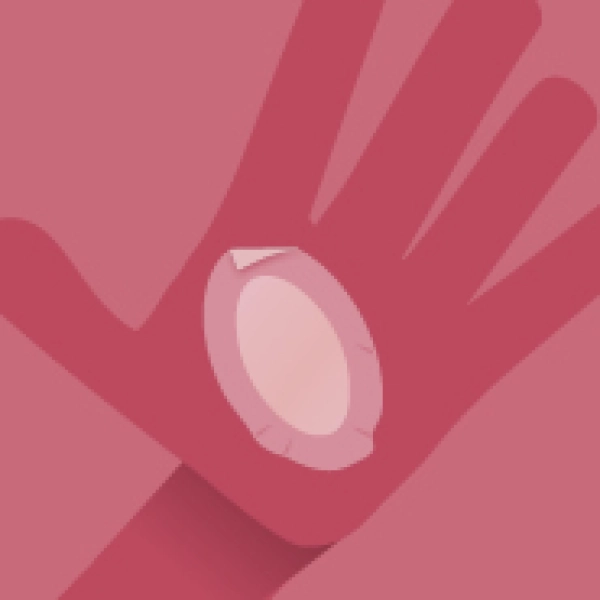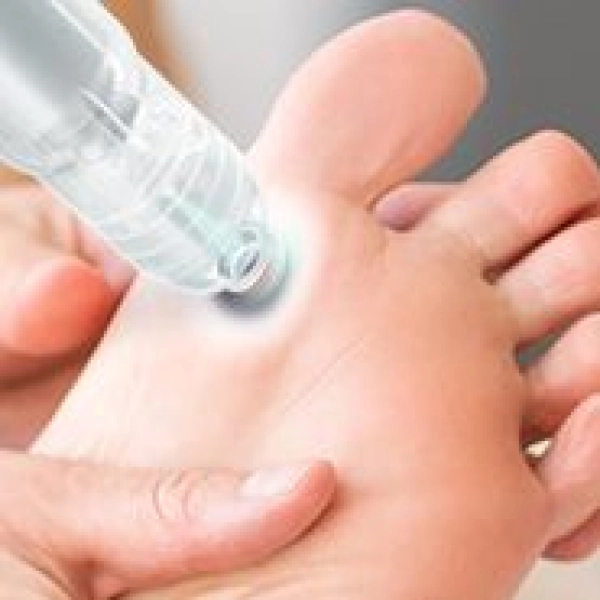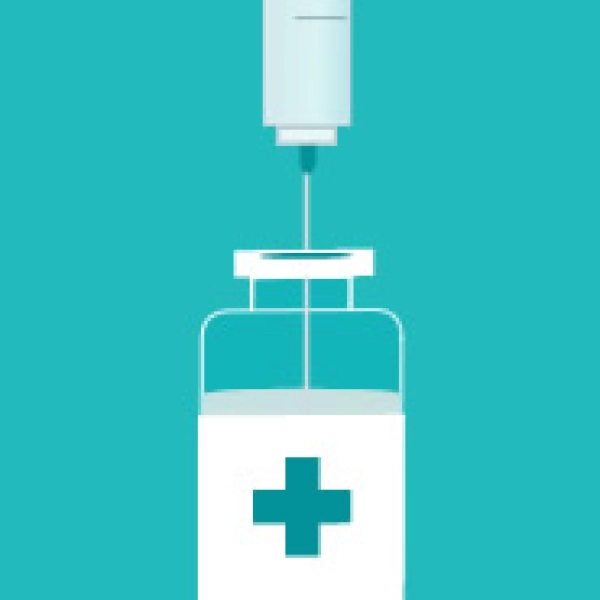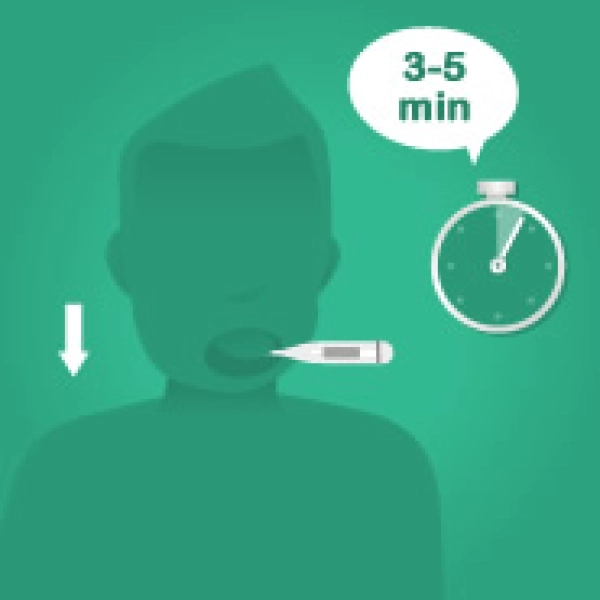Time to change the bandage!
So you don't know how many times to change an adhesive bandage? And how about an elastic one? There's no easy answer, as it depends on the injury or sprain that you've been unlucky to sustain. As a general rule, change a bandage anywhere from at least once a day, up to twice every 6 hours. There are also other factors to consider: one example? The durability of the adhesive bandage.










